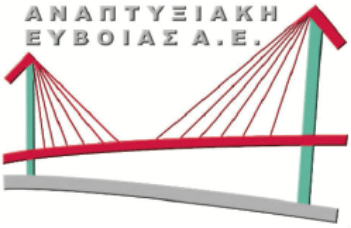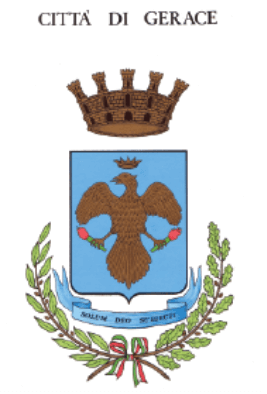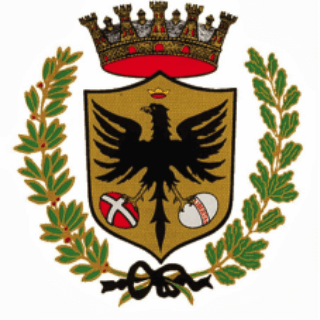
The Franciscan monastery Humac-Ljubuški houses an archeological collection popularly called the Humac Museum. It was founded in 1884, four years before the National Museum of Bosnia and Herzegovina in Sarajevo. The collection contains a large number of exhibits from the area of Herzegovina, from the Neolithic to the Middle Ages, in various materials: stone, bronze, copper, iron, silver, gold, ceramics, glass and wood. The contemporary museum exhibit was first opened to the public in 1973, but was closed six years later due to an adaptation of the monastery. The new opening was held on the 100th anniversary of the collection in 1984. Due to the dangers of war, the museum collection was once again closed to the public, and in 1992 a new exhibition was opened in the basement of the monastery. The exhibits range from the Old and Young Stone Ages, through the Copper, Bronze and Iron Ages to Roman and Late Antiquity and the Middle Ages. The oldest prehistoric periods - Paleolithic, Mesolithic and Neolithic, are represented only by individual flint and copper objects, but their safe finds are not known. The Museum Collection of the Franciscan Monastery in Humac contains the Humac Plate, one of the oldest and most significant Cyrillic monuments in Bosnia and Herzegovina. The slab itself weighs 142 kg, made of domestic limestone, and its dimensions are 0.68 x 0.59 x 0.15 m. The inscription on the square slab flows in a spiral in three rows and has 80 letters, of which five are Glagolitic (four times the letter "E" and one letter "T"). Humacka ploca is the founder's inscription, which speaks of the construction of the church of Sv. Michael the Archangel. In modern Croatian, the reading of the Humačka plate would read: + IN THE NAME OF THE FATHER AND THE SON AND THE HOLY SPIRIT. THIS IS THE CHURCH OF ARCHANGEL MIHOVIL, AND IT WAS BUILT BY KREŠIMIR, THE SON OF SRETKOV, THE PARISH OF RASTOCI AND HIS WIFE OF RIGHTS. The collection on Humac exhibits another valuable stone monument, little known to the public. It is a stone slab (Ljubuška ploča), which has a carved floral braided motif on the front side. If it is compared with similar finds in the Croatian Littoral, from Dubrovnik to Ston, it can be concluded that it is a pre-Romanesque decoration, typical of the Old Croatian wicker style, which was found on church stone furniture, most often around altar partitions and walls. It is assumed that the plaque originates from a site in the suburbs of the Herceg Stjepan fortress in Ljubuški.





